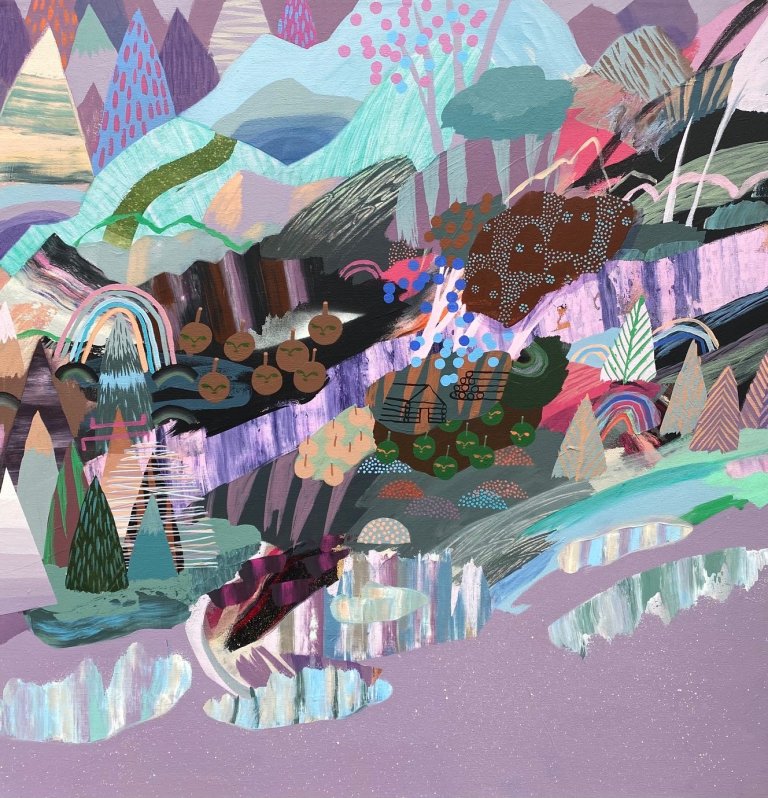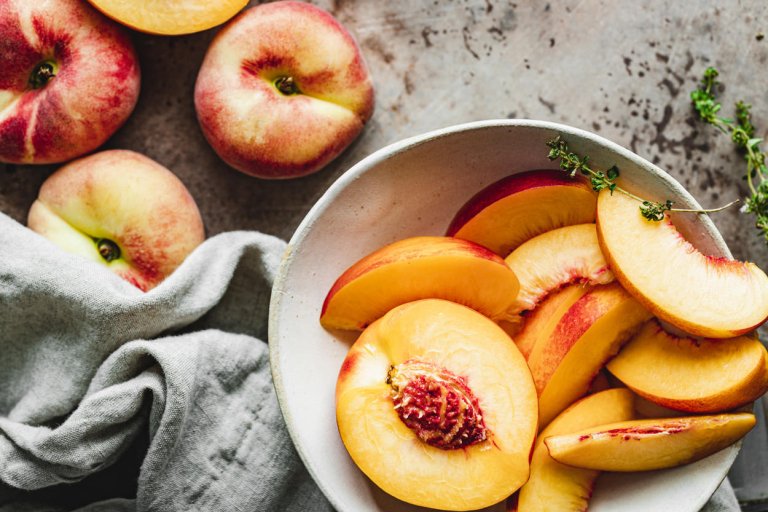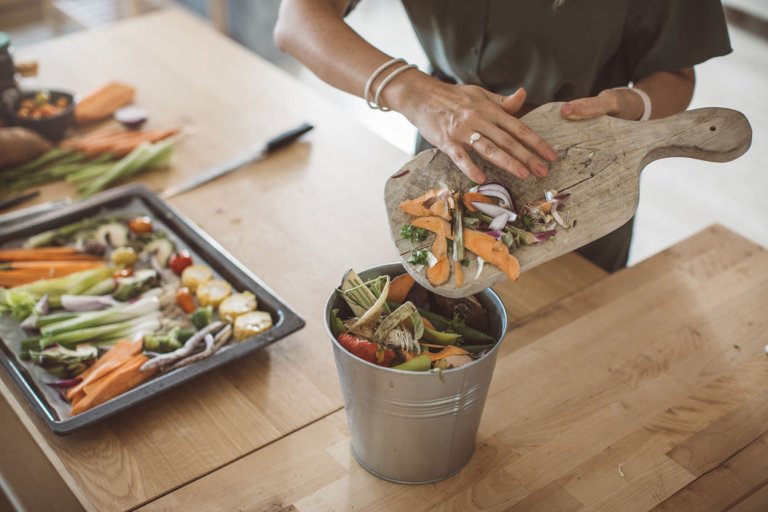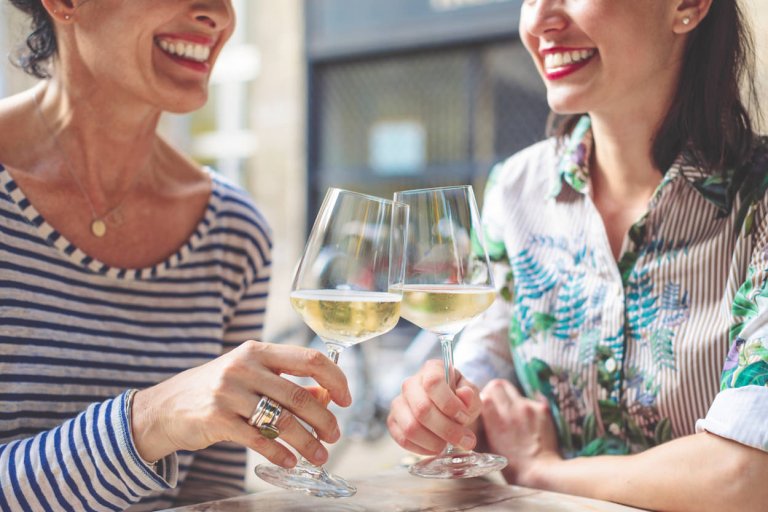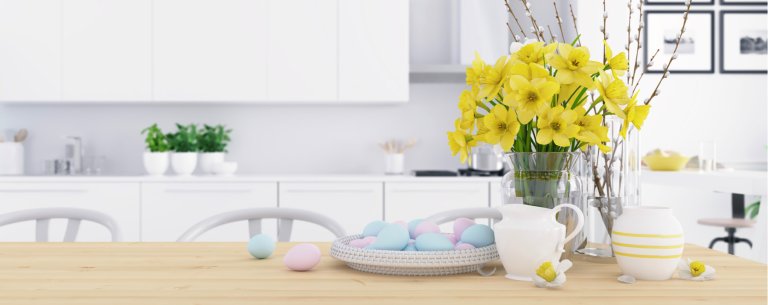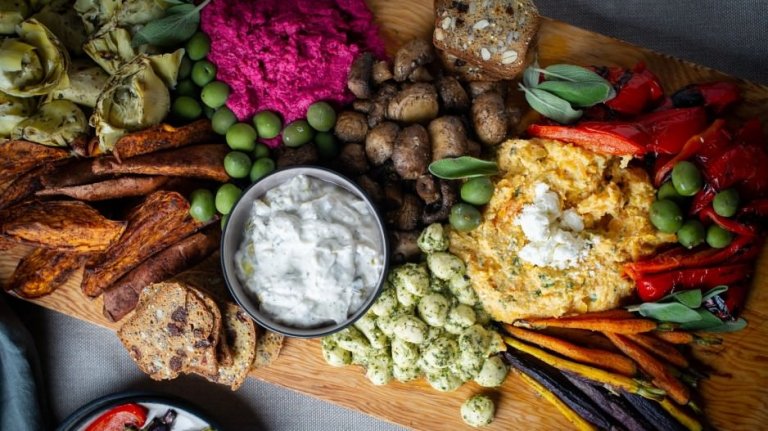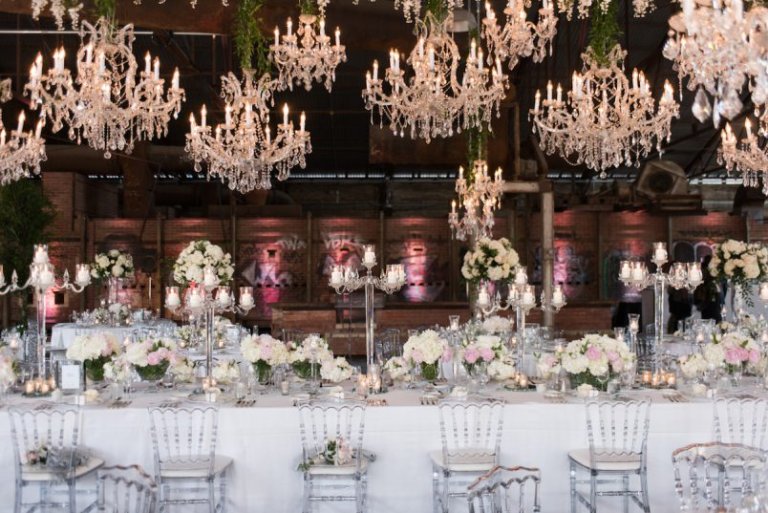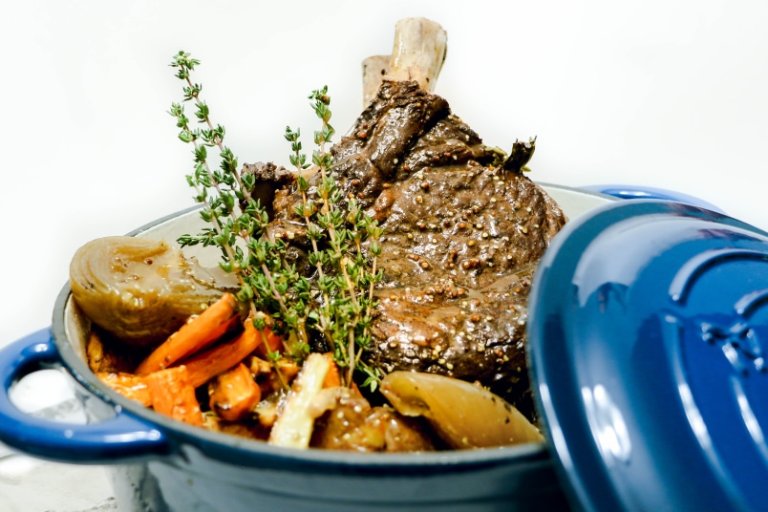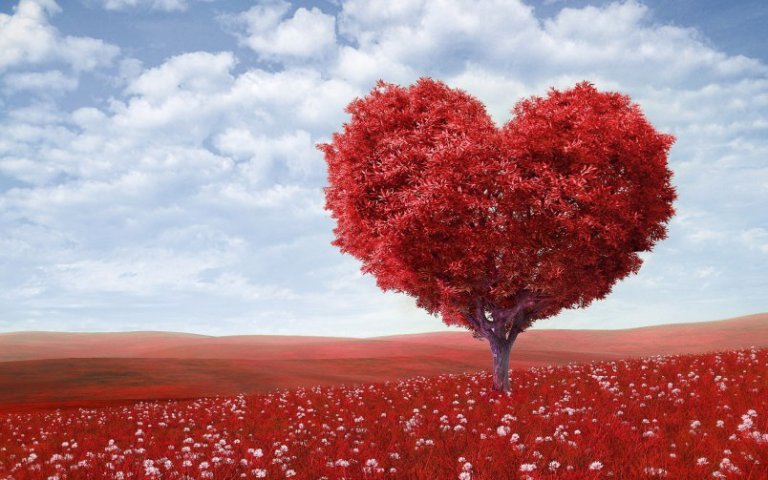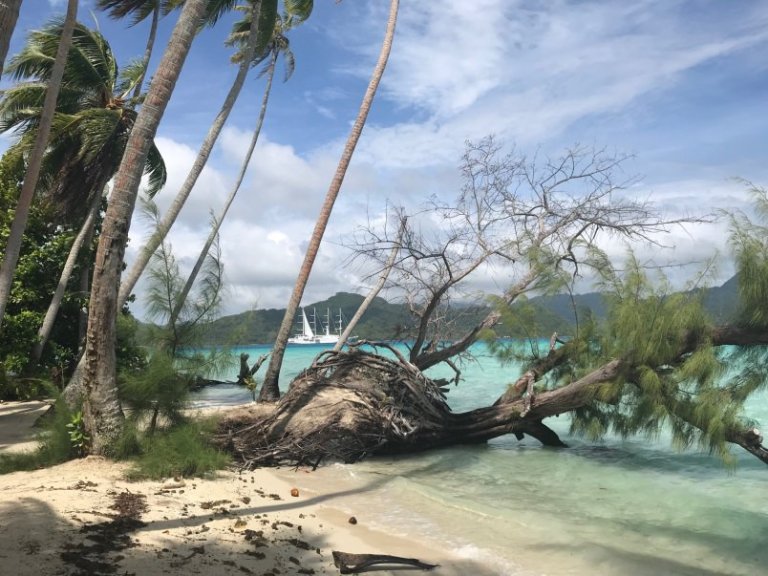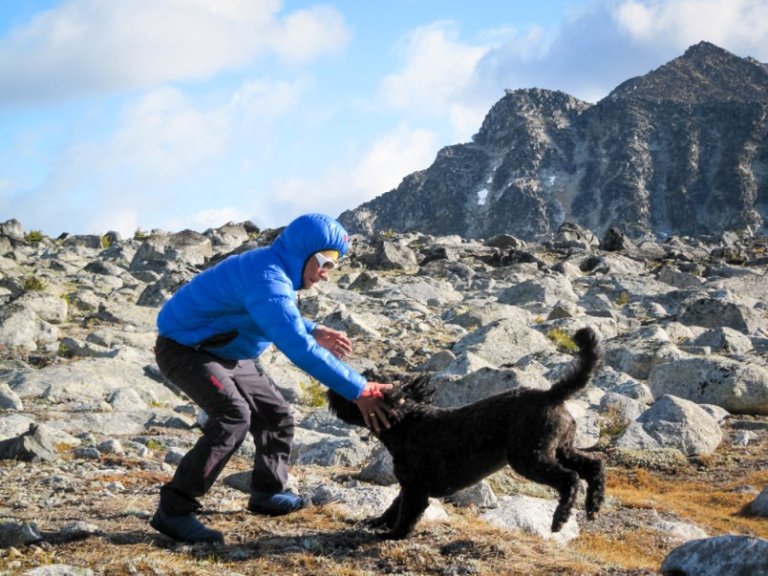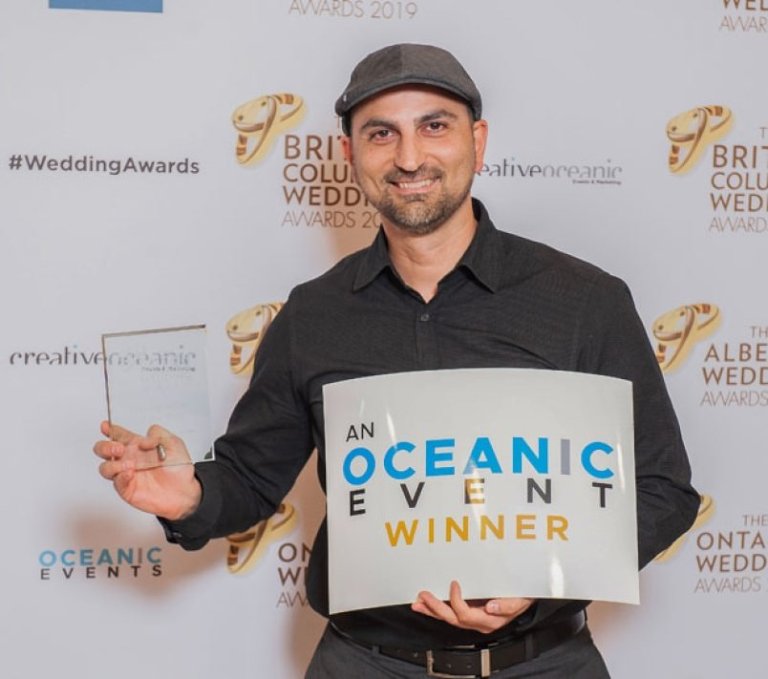Back
Artist Corrine Hunt surmounts adversity with humour
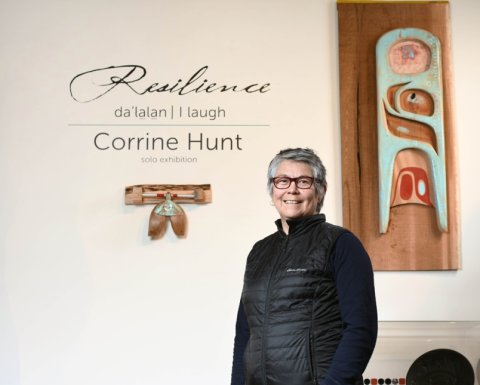
Tweaking the mounting of her art panels in Gastown’s Coastal Peoples Fine Arts Gallery, Corrine Hunt, Kwakwaka’wakw/Tlingit jewelry designer and mixed-media artist, exudes a gentle confidence.
Hunt is a survivor of some of life’s most brutal crises and doesn’t sugarcoat what she experienced working through them. Coping with tragedy through humour has inspired her new exhibition, Resilience: Through Laughter.
A member of the Raven Gwa’waina Clan from Alert Bay, she comes from a long line of prestigious Canadian artists including carvers Henry, Tony, Richard and Stanley Hunt.
Hunt remembers as a child watching in awe as her uncle and mentor, jewelry designer Norman Brotchie created intricate engraved pieces.Hunt also recalls that as a child, she used diapers as a canvas for her first drawings.
“My great-great grandmother Anisalaga was a Tlingit noblewoman from the “Drift Ashore” house in Tongass, Alaska. A weaver, her pieces are in collections all over the world, so I’m just a small spec in that legacy,” Hunts says.
Hunt’s background majoring in Anthropology and Latin American Studies at Simon Fraser University led to stints working in Mexico — and to her fascination with other cultures.
“I’m the kind of person who just goes out and explores things, especially when I travel,” Hunt says. “And while of course I’m influenced by my own culture, I don’t rely on traditional myths as inspiration for my contemporary pieces. I can be inspired by a Kandinsky painting or the laughter at a traditional potlatch in my village. I really love organic shapes in my work that make people just want to reach out and touch them. I try to give all my pieces an ephemeral quality that challenges people to ask questions,” she says.
Hunt began working with silver and gold in the 1980s, creating contemporary rings and layered pendants like Totem Moves, and bracelets and earrings engraved with abstract indigenous symbols and inlaid gemstones.
She soon discovered sculpture, carving modern totem poles and gallery installations. “I’m a gatherer and love finding my cedar and driftwood and then decide in the moment what I’m going to create. The cedar tree in our culture is known as ‘the tree of life’ and the wood is really beautiful when it comes alive, even if it’s at 1 a.m.,” she laughs.
Hunt’s addition of metal and abalone as depicted in the Exhibition’s title art, Eagle Mask, and their juxtaposition with vividly painted wood creates a rich, reflective, multi-dimensional aspect to her pieces.
White Heron, one of several 3D wall panels, is laser-cut from steel and perches on yellow cedar wood. Not only consigned to the indoors, Hunt’s panels can be mounted in the garden or on a deck, the aromatic wood aging to a soft grey patina over time.
Hunt’s insatiable curiosity and global interests have contributed to her tremendous versatility when presented with challenging projects.
Some of her most public projects include logo design for the 2006 World Peace Forum in Vancouver; collaboration with Vancouver lighting designer, Omer Arbel for the 2010 Vancouver Winter Olympic and Paralympic Games medals, to fashion accessories like vibrant eyeglass frames for AYA Optical to the Corrine Hunt Collection of hand-made Mukluks for Canadian footwear brand, Manitobah.
In 2011, Hunt travelled to Dresden, Germany with an exhibition she designed entitled The Power of Giving at the historic Staatliche Kunstsammlungen Museum. It featured 67 pieces of potlatch art originally confiscated by the Canadian government in 1921 when potlatch celebrations were banned.
In 2018 she collaborated with the Granted Sweater Company in B.C. and Burton Snowboards to create the motifs for knitted jackets sported by the Canadian Freestyle Snowboarding Team at the 2018 PyeongChang Winter Olympics in Korea.
Resilience: Through Laughter also premieres Hunt’s newest foray in wood: a collection of coffee tables that are so cleverly executed, they can’t help but illicit laughter. Emerging Turtle (End Table) pokes its inquisitive head out of a hollow carved within the reclaimed red cedar.
“I just moved back to my community and studio on Cormorant Island in Alert Bay last year and it’s been a joyful time in my life,” says Hunt. “Our culture is a thriving one. We are a very resilient people.”
By: North Shore News
GuidedBy is a community builder and part of the Glacier Media news network. This article originally appeared on a Glacier Media publication.
Location
Related Stories
-
Art Galleries Whistler
Global events inspire artistic evolution
War and the pandemic have an impact on local artBy Alison TaylorThere is something about the painting Just Stop that catches...
-
Art Galleries Pemberton
Whistler’s architectural evolution
Highlighting the award-winning built environment By Steven Threndyle It all seems like ancient history now, but Whistler’s...
-
Antiques, Furniture & Decor Whistler
Art in the Time of Covid
When the COVID-19 pandemic first hit, Mountain Galleries wasn’t sure what to expect. Would anyone come out to buy art? Would...
-
Art Galleries Vancouver
New study finds Canadians seek out arts to relieve stress and anxiety
A new study reveals that 71 per cent of Canadians participate in cultural experiences to reduce anxiety and stress. “Culture...
-
Arts & Entertainment Coquitlam
Dance brings rhythm to Coquitlam residents
Sponsored Content Brent Smith and Barbara Ferchuk’s dance journey began just out of high school when they enrolled as...
-
Arts & Entertainment Burnaby
Blues Fest 101: Here's how to make the most of Burnaby Blues + Roots Fest
So you wanna go to blues fest? Then do it right. If you’ve never been part of the fun that is the Burnaby Blues + Roots...
-
Home Decor Vancouver
Refreshing Your Home for Spring/Summer
There are many ways you can refresh your house for the spring/summer season. These projects can provide your house with the...
-
Food & Drink Abbotsford
4 Dishes to Make with Summer Peaches
Summer is the perfect time of year to experiment with different ways to use peaches. These juicy, refreshing fruits can be...
-
Home & Garden Abbotsford
How to Create a Zero-waste Household
Reducing your household waste can help the planet in many ways. You may even be able to eliminate your waste completely if...
-
Beauty & Wellness Abbotsford
7 beauty trends for summer 2021
You may be looking forward to re-entering society this summer or at least looking better during a video meeting. Beauty trends...
-
Gifts Abbotsford
Four fabulous experience gift ideas for mom this Mother’s Day
If you’re tired of giving the same old types of Mother’s Day gifts, treat your mom with an experience instead. There are many...
-
Home Furniture & Decor Abbotsford
Working from home? 4 tips for your home office setup
Working from home can be a better experience for you with the right office setup. Setting up your in-home office correctly can...
-
Coffee Sales Vancouver
Everyone's whipping up dalgona coffee, the viral drink catching tons of buzz
Over the last couple of weeks, you might have noticed people posting photos of an unusual-looking coffee drink. What appears to...
-
Pets & Animals Vancouver
This virtual platform connects pet owners with veterinarians
If you are worried about the health of your pet during the COVID-19 pandemic, you are not alone. Whether you are too...
-
Delivery Vancouver
Stuck At Home? These BC Breweries Will Deliver Beer to Your Door
Thankfully, a number of B.C. craft breweries offer online sales, with delicious craft beer available to be delivered right to...
-
Design & Renovations Vancouver
How To Decorate Your Rental So It Feels Like Home
The right bath and hand towels can add energy to a room. Photo: Barb Lunter Older rental suites can sometimes be plagued...
-
Design & Renovations Vancouver
Spring Decor Tips to Refresh Your Space
Fresh flowers, topical coffee table books and garden ornaments used cleverly indoors are a few ways...
-
Healthy Living Vancouver
How To Be Ultra-Productive While Working Remotely
Canadians across the country set up laptops and cellphones to work from home on Monday to avoid COVID-19. While it’s a new...
-
Healthcare Vancouver
B.C. research suggests no mental health benefits to eating your placenta
A new study published May 2 has suggested there are no mental health benefits to eating your placenta. The new research...
-
Catering Vancouver
40 years of perfecting the party
Four decades is a long time, and it is especially long in the competitive hospitality industry, which is cutthroat and not for...
-
Local Attractions Vancouver
8 awesome things to do in Whistler besides ski and snowboard
While skiing and snowboarding are a great deal of fun, Whistler offers a plethora of fun activities that you must try. From...
-
Wedding Experts Vancouver
Canada's Event Planning Star, Soha Lavin
You could say that event planning is in Soha Lavin’s blood. Indeed, the founder of Vancouver-based CountDown...
-
Food & Drink Vancouver
Chef Trevor Bird shares cooking tips and recipes for busy parents
We get it, parents are busy. In Vancouver at least, it’s typical that both parents work, which can make dinner time more than...
-
Seasonal Vancouver
Do couples still do date nights? They should if they want to last
My sensible wife reminds me that Valentine’s Day is only a Hallmark holiday – a day when florists are overwhelmed selling roses...
-
Cruises Vancouver
‘Dreams of Tahiti’ cruise one for the bucket list
It’s hard to describe all of the colours of the ocean surrounding the Society Islands, an archipelago in French Polynesia...
-
Local Attractions Vancouver
Escape to Whistler
Handcuffed inside a jail cell, joined by my husband, his daughter and her family, we began a frantic search for the keys we...
-
Pets & Animals Squamish
Here are some dog friendly hikes you can take near Squamish
I’ve been on several hiking and camping trips with dogs over the years and they have never detracted from those experiences,...
-
Wedding Experts Vancouver
Meet B.C.’s best wedding photographer
A passion for photography, music and working with people has turned into a labour of love for an award-winning Ladner...
-
Resorts Vancouver
Meet the one-stop booking experts for Whistler Blackcomb
Sponsored Content While planning a vacation can be a fun and exciting exercise, it helps to know what to do, where to stay,...
-
Art Galleries Vancouver
New study finds Canadians seek out arts to relieve stress and anxiety
A new study reveals that 71 per cent of Canadians participate in cultural experiences to reduce anxiety and stress. “Culture...
-
Transportation Vancouver
The ‘Uber’ of private jets? Canadian pilot brings private air travel to the masses
Is it the ‘Uber’ of the private jets? Not exactly — but Jettly, a web and single app charter booking platform that...
